
Senior Editor Peter Wehrwein speaks with Lou Ellen Horwitz, CEO of the Urgent Care Association, in this part two of two video series about centers that have not been paid yet for tests.

Senior Editor Peter Wehrwein speaks with Lou Ellen Horwitz, CEO of the Urgent Care Association, in this part two of two video series about centers that have not been paid yet for tests.

Results of an RCT of the coalition’s ‘hot spotting’ approach resulted in some reevaluation.
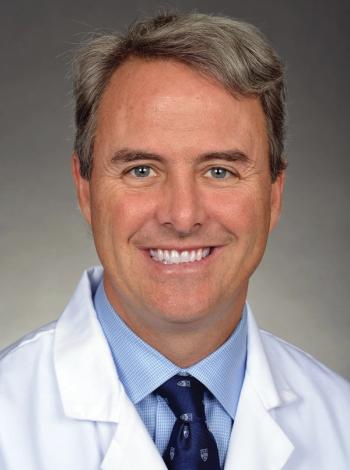
Biosimilars to Avastin and Herceptin are catching on.

Blue Cross and Blue Shield of Minnesota is among the health insurers giving businesses and individuals a break on premiums.

Scientists react negatively to FDA's handling of the Emergency Use Authorization for convalescent plasma in COVID-19.

Because COVID-19 has put the gesture in a different light, healthcare executives are coming up with other ways to greet people.

For opportunistic fraudsters and medical predators, the relaxation, suspension or outright elimination of restrictions on the use of telehealth technology presents a plethora of opportunities previously unseen.
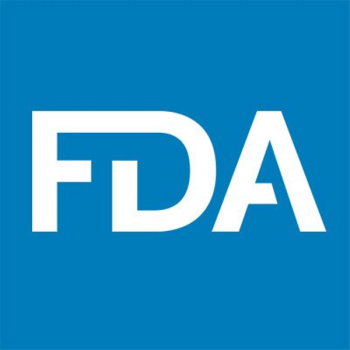
FDA actions for the week ending August 21, 2020, include a hearing set for a drug that could limit weight gain often associated with treatment for serious mental illness.
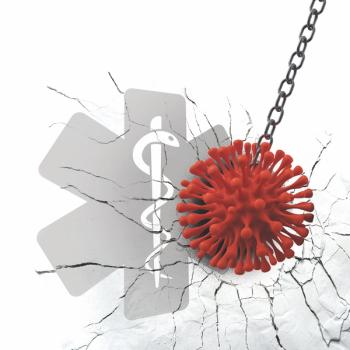
Now is the time for compliance officers to get a better grasp on compliance and continuity across the organization.

Hospital room TVs have become interactive portals to a better patient experience.

Senior Editor Peter Wehrwein speaks with Lou Ellen Horwitz, CEO of th eUrgent Care Association, about how urgent care centers struggled to personal protective equipment and access to testing.

COVID-19 has revealed the power and value of data analytics as claims have gyrated in unprecedented ways.

Many providers are asking patients to wait in their cars. In the future, the waiting room could be divided into small, pod-like rooms.

An economic downturn will increase enrollment—and strain state budgets.

Survey of Midwestern ophthalmologists identifies reasons for wariness of generics.

Almost four million people miss their medical appointments every year due to a lack of reliable transportation. To address this challenge, Lyft has been working with healthcare organizations since 2016 to get patients in need to and from their medical appointments.

This week on Tuning Into The C-Suite Briana Contreras spoke with Dr. Scott Hayworth, president and CEO of New York-based CareMount Medical. In this interview, the two discussed the importance of patients staying in contact with their doctors for the sake of reducing public health risks and to discuss ongoing care options with them.

Principals of DeltaSigma, LLC , Don Hall, M.P.H., and Sherry Rohlfing provide Managed Healthcare Executive an opinion piece on how managed care organizations can address COVID-19 transmission.

Drug for a specific Duchenne muscular dystrophy mutation is only the second drug approved for the mutation.

Celiac disease was linked with a greater likelihood to be diagnosed with a mood disorder, ADHD, or an eating disorder.

Real-world evidence from 67 patients recently found benefits for those with diabetic macular edema who switched to Eylea from Lucentis.
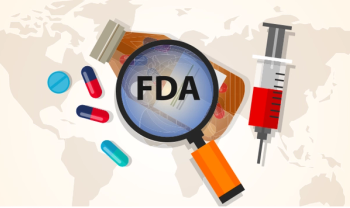
The drug’s indication for marginal zone lymphoma (MZL) may not be approved until February 2021.

Whether the OCM has worked out is debatable, but it has apparently encouraged the use of biosimilar versions of filgrastim.
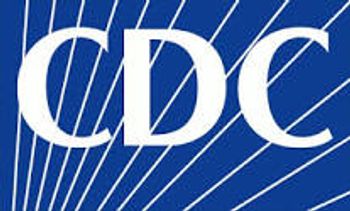
Selections from weekend health care coverage, August 17, 2020.

U.S. healthcare was gearing up for a rebound that includes telehealth. But then the pandemic surged back.

Yale-developed, NBA-funded saliva test costing $10 per test could make frequent testing of asymptomatic people feasible.

Actions from FDA this week include approval of a second targted treatment for a Duchenne muscular dystrophy mutation, and filings in COVID-19 and blood disorders.

In this part two of two series, Senior Editor Peter Wehrwein and Associate Editor Briana Contreras chat with Keely Macmillan, senior vice president of policy and solutions management at Archway Health. The trio discusses the Value in Health Care Act of 2020, which would make some important changes to the Medicare Shared Savings Programs ACOs, the largest CMS ACO program.

In this part one of two series, Senior Editor Peter Wehrwein and Associate Editor Briana Contreras chat with Keely Macmillan, senior vice president of policy and solutions management at Archway Health. The trio discusses the Value in Health Care Act of 2020, which would make some important changes to the Medicare Shared Savings Programs ACOs, the largest CMS ACO program.

Deloitte, a consulting firm, recently released new data on consumer behaviors towards healthcare and how those behaviors changed as a result of the COVID-19 pandemic in a survey.